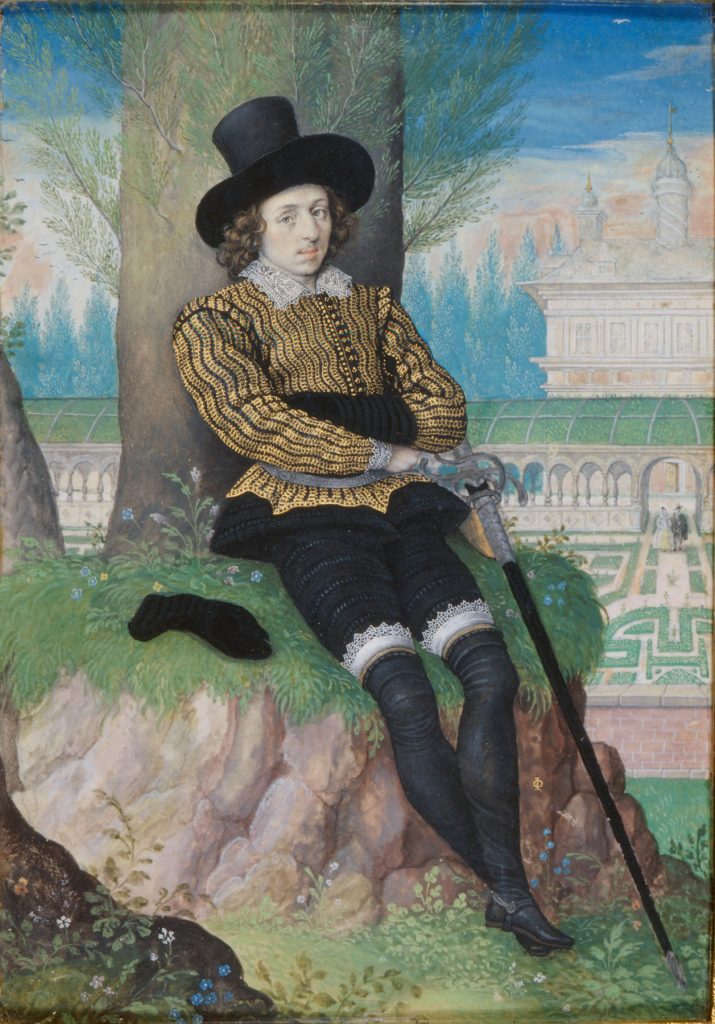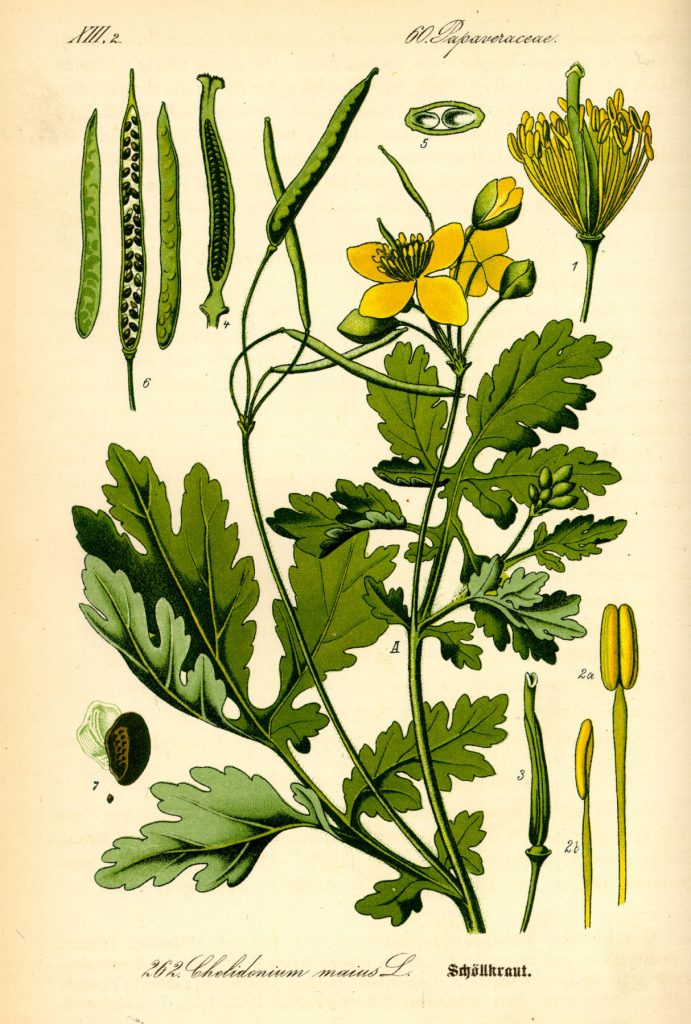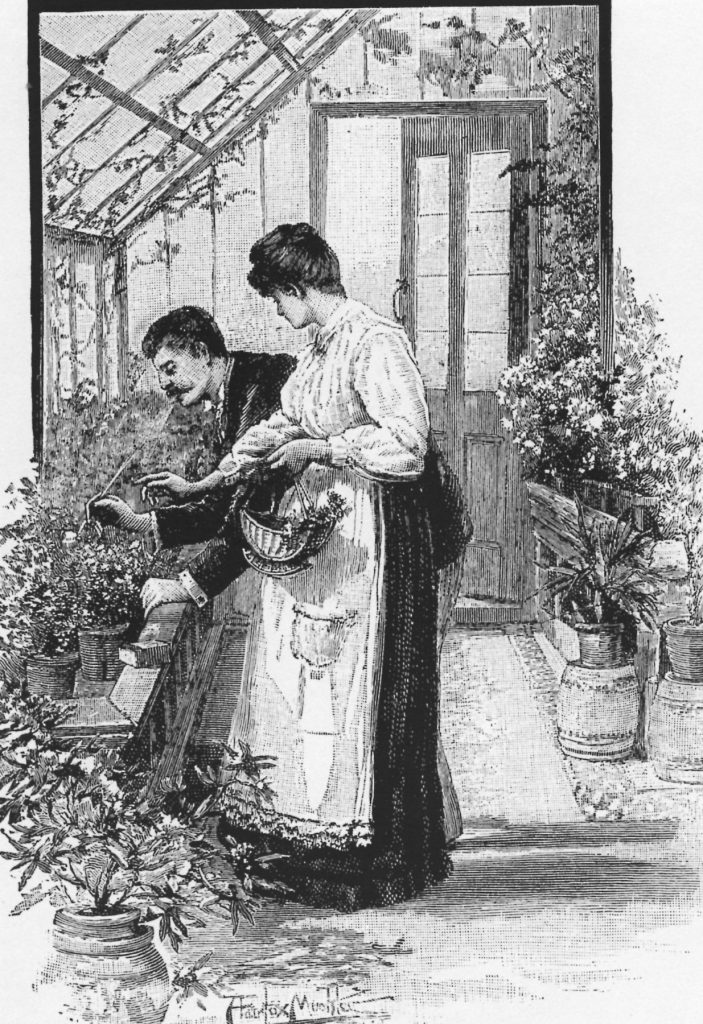At the advent of solstice as I sit in my sunroom/conservatory, staring out over a snowy landscape that’s framed by a sapphire blue sky, with the sun beating down on the Rockies and the neighborhood buried under a foot of white fluffy stuff, thoughts turn to the coming year’s gardening: Will the Woodward junipers that were getting off to such a good start survive the early freeze-drying of their branches before the deer stopped by for a tasty snack of bark, stripping one linear foot from each trunk? How much more can the sandstone paving heave up and down before the terrace becomes a death trap, and why must the squirrels bury the peanuts–that ones that neighbors so lovingly put out for them–in the mulch, so that come late spring the borders look like a peanut farm? It’s then that my thoughts turn darkly to, “the heck with all this, there must be an easier way.”
Salvation comes and sanity is restored with the gift of Philippa Lewis’s lovely little book, Everything You Can Do in the Garden Without Actually Gardening, a 2009 publication packed full of garden history nuggets, but not a lot of how-to gardening. Perfect! Not everyone is a “gardener”. Some of us prefer to simply sit and admire, or to idly reflect on all the labor that went into creating the historic gardens of the past or notable gardens of the present– those assembled by teams of gardeners under the direction of the Landscape Star du jour. There’s great satisfaction in watching other people work, and I intend to do a good deal more of that next year.

That doesn’t mean I won’t enjoy my garden, and this is where the admiring comes into play. Gardens have long been a place for contemplation, for opening the flood gates of creativity by connecting with the colors, sounds and scents of nature. Thus, a comfy seat, with cushions and a table nearby to hold palette and paints will be requisite to tranquilly regarding the garden. After a spell of rhyming, the poet William Wordsworth’s sister used to send him into the garden to recharge; she wrote, “The prospect is most divinely beautiful from the seat – all colours melting into each other.” The Wordsworth siblings continued their garden-making with the construction of a sheltering bower to protect them from the sun. The poets’ muse Erato is most often sought in a garden, and finding her there, William wrote the poem, The Small Celandine,
…There is a Flower, the lesser Celandine,
That shrinks, like many more, from cold an rain;
And the first moment that the sun may shine,
Bright as the sun himself, ‘t is out again! …

Gardens are notorious places, too, for dalliance; one of the oldest tales of love is a medieval allegory with the action set in a walled garden. Dating from the 13th century, it’s about devotion, unrequited love, maidenly virtue and betrayal, all of which are recurrent themes through the millenia and the subjects of popular music pieces even to the present day. But what immediately springs to my mind is not the latest Grammy hit, but the Irish tenor John McCormack’s singing of the timeless tune Come Into the Garden Maude. I’ve have been heard to whistle it while weeding, it’s that catchy and a tune I grew up with, as it was my Kilkenny-born mother’s favorite.

The garden bug can bite at five or fifty, but most often it’s when a childhood memory is made of some gendencentric event or fable: Winnie the Pooh and the Hundred Acre Wood; Wendy houses, fairy dens, magic trees and all the age-old nursery rhymes that bring children into a garden are layers of social activities that are enjoying a marked revival. Even an old tire suspended by a stout rope from a sturdy tree branch is enough to ensure that a grown child has happy memories of “gardening”.For me and my son it is recalling (frequently) that after sowing neat rows of French beans, my son would come along and drive his toys cars through the beds, scattering the beans. That was our version of “broadcasting the seed”. They grew, he grew, we laughed then and still do now at the memory of that garden moment.

On the long dark evening of this year’s Solstice, on 22 December, I’ll stoke the fires of memory, but use the embers to imagine a garden for the year to come—one that accommodates less doing, more admiring. Perhaps I’ll nurture some more memories with family picnics and BBQs, or set up my easel and palette beneath the pergola to capture the cherry blossom’s fleeting breath. Whatever, it’ll be different, but it will still be gardening.
Happy Holidays and a Brilliant New Year.
©Ethne Clarke 2019
For more information about Everything You Can Do in the Garden Without Actually Gardening, by Philippa Lewis, published in 2009 by Frances Lincoln visit http://philippalewis.com/books/garden/
To learn more about and to hear John McCormack’s deathless version of the classic tune, Come Into the Garden Maude, click this link https://www.songfacts.com/facts/john-mccormack/come-into-the-garden-maud


